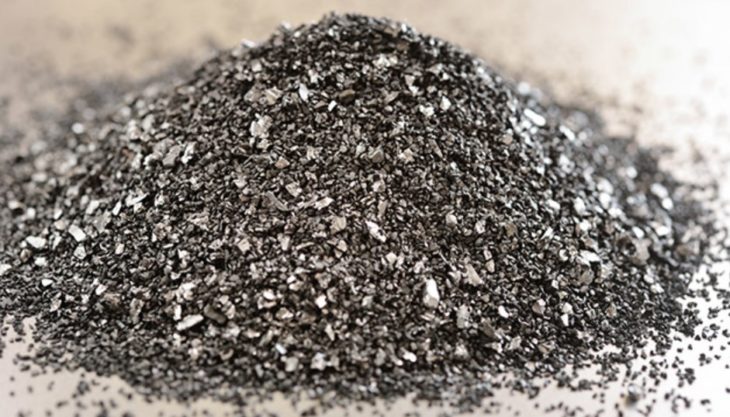Many homes have made use of activated carbon for years in their aquariums, and it remains the top-selling filtration media product. Due to the increasing production of various kinds of filter, most people question the capabilities of activated carbon in filters. Several people suggest it should be more of standard media for constant use in filters, while some others suggest it should be applied only for specific requirements, and some other groups suggest that activated carbon shouldn’t be used any longer.
It’s necessary to note that carbon drains very fast when applied in an aquarium filter. Due to this, if you decide to apply activated carbon from time to time, it should be substituted often – otherwise, you wouldn’t get its benefits.
Contents
What Is Activated Carbon?
According to The Aquarium Adviser, this is a carbon that has gone through treatment and develops a huge amount of small holes, and therefore, increase the area of its surface. This enlarged surface area permits the absorption of a large quantity materials by the filter media – thus, making it functional for the removal of pollutants from water and air. Various techniques for developing activated carbon causes various kinds of materials used differently. The kind used in aquariums is GAC (Granular Activated Carbon). Kinds of activated carbon are:
- GAC (Granular Activated Carbon)
- BAC (Bead Activated Carbon
- PAC (Powdered Activated Carbon) – ca also be obtained in compressed pellet form.
- EAC (Extruded Activated Carbon)
Also, there are various sources of carbon, which can result in various pore sizes. Activated carbon can be created from materials like coconuts, coal, wood and peat. The most ideal source for aquariums is bituminous coal.

Source: theaquariumadviser.com
Functions of Activated Carbon
Activated carbon absorbs a lot of dissolved pollutants like tannins (which color the water), chlorine and chloramines, and phenols (which causes odors).
It’s necessary to note that there are some vital pollutants like nitrite, ammonia, or nitrate, that isn’t removed by activated carbon. Thus, during the initial installation of the aquarium, activated carbon isn’t very useful. Water changes or other techniques must be applied to deal with elevated nitrate, ammonia, or nitrate.
Also, it doesn’t remove heavy metals, like iron. Before putting water into the aquarium, make use of water treatment products if the source contains heavy metals.
Does Activated Carbon De-Absorb?
Some reports say that activated carbon begins to leach absorbed materials back into the water once it is saturated – this is however false! Even though this is possible technically; however, de-absorbing involves alterations in the chemistry of water and this doesn’t happen in an aquarium.
Nevertheless, the procedures by which some activated carbon are created can lead to the presence of phosphate in the end product. In cases like this, phosphate has the possibility to leach into the aquarium water. Several activated carbon products will clearly indicate if they are free from phosphate.
If you’re having a hard time with obstinately high phosphate and this seems to be the only cause, get rid of the entire activated carbon. Carry out the usual tank maintenance for some months and notice if the phosphates are still high or has decreased. If they are still elevated, then something else is causing this – and not the carbon.
Activated Carbon and Medications
Most medications for fish disease treatment will be absorbed by activated carbon. Thus, get rid of all carbon from the aquarium before treating sick fishes. You can however add the activated carbon back after the treatment is totally completed. Any remaining medication in the water will be removed by the carbon.

Source: fishlab.com
Filter Placement
If activated carbon is exposed to a lot of debris from the aquarium, its effectiveness will be lost. So, place the carbon after the mechanical filtration media in the filter. Note that if the aquarium isn’t kept clean, and debris develops in the filter, the effectiveness of the carbon will be lost.
Changing Activated Carbon
Because activated carbon combines with the removed compound, it becomes saturated eventually and won’t be able to remove more pollutants. Thus, it should be replaced often, at least once every month. The tank won’t be harmed if the replacement takes longer intervals; however, the carbon will slowly lose its effectiveness.
Recharging Activated Carbon?
Write-ups on recharging activated carbon abound. Some offer careful guidelines that usually deal with baking the carbon in your kitchen oven. These write-ups aren’t correct! Your kitchen oven doesn’t have the required pressure and temperature for recharging activated carbon.
